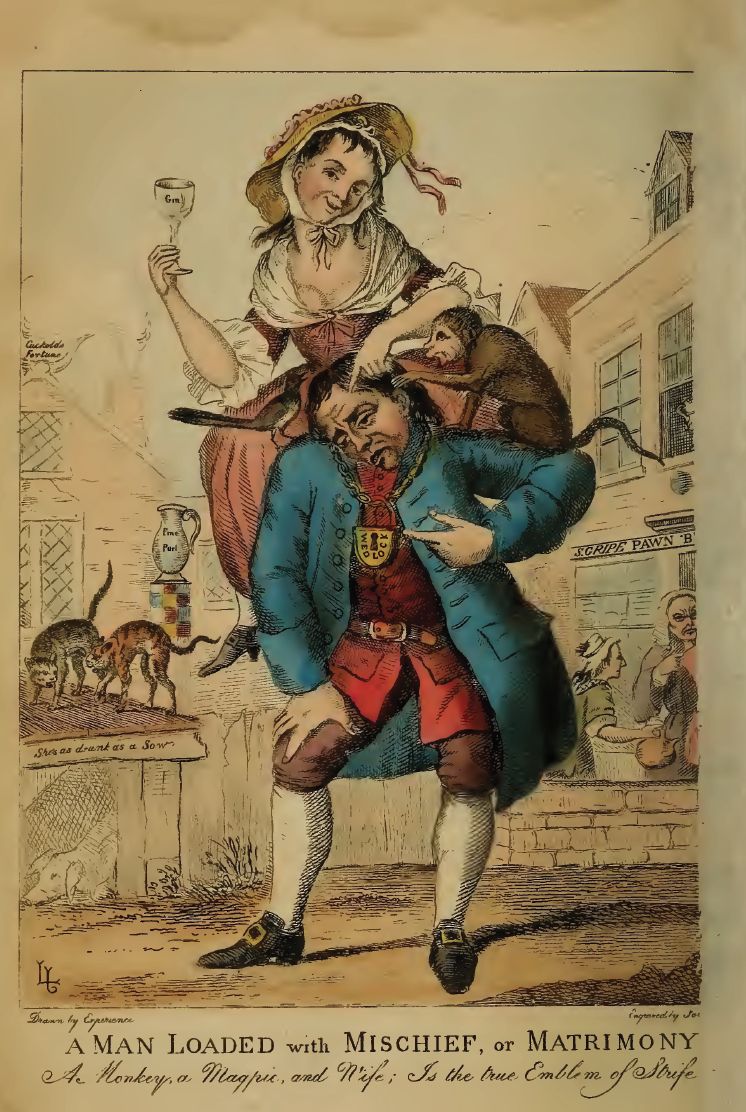

Search london history from Roman times to modern day
Stratford, West Ham, Plaistow and neighbourhoods
Stratford, or Stratford Langthorne, is a populous hamlet
and ward in the parish of West Ham and hundred of Becontree, about three miles
from Whitechapel church, London. The river Lea separates this county from
Middlesex, but the communication is maintained by means of B0w-bridge: on the
Lea are extensive flour mills, and many manufacturing establishments, silk and
calico print-works, breweries, distilleries, chemical works etc, some of which
are upon a very extensive scale, Stratford has of late years been greatly
improved, and its general appearance materially heightened by the new church, an
admirable Gothic structure, situated in the Broadway. There are places of
worship for independents, Wesleyan Methodists and Roman Catholics. In the parish
of West ham are several schools for gratuitous education: the revenue of one of
these (for the parish generally) amounts to upwards of £3,000, derived from
benefactions; and another, founded by Mrs Bonnell in 1761, is likewise well
endowed. There are also some alms houses. An abbey for monks of the Cistercian
order was founded at Stratford in 1135, and richly endowed, by William de
Montfichet; the ruins still preserved (contiguous to the church) comprise a
brick gateway and an ornamented arch. The land here is extremely fertile, well
wooded, and the scenery pleasing; great numbers of the inhabitants are engaged
in agriculture, which the vicinity of Stratford to the metropolis renders a
profitable pursuit. )Population returned with the parish).
About four miles from London is the village of West ham, in the populous parish
of its name, which is divided into four wards, respectively denominated All
Saints, Church Street, Plaistow and Stratford. It is favoured by being the
residence of numerous opulent and respectable families, some of whom have very
handsome mansions; and in the neighbourhood are several tasteful seats. A
market, for which a charter was obtained by Richard de Montfichet (a descendant
of William) in 1253, has long been discontinued; but the resumption of the right
would be of great advantage to the parish and adoining district. All Saints, the
parochial church, is a spacious edifice, with a tower at its west end seventy
four feet high; and its general appearance is indicative of great antiquity. In
the church yard are interred the remains of george Edward, esq, whose
acquirements in natural history were highly estimated. There are some fine
monuments in the church, to the memory of several literary and civil characters;
and a curious Gothic tomb in the wall. The celebrated and unfortunate Dr Dodd
was resident and lecturer of this parish. The living of West Ham is a vicarage,
in the patronage of the Crown; the Venerable Archdeacon Jones is the present
incumbent. The population of the parish, in 1831, amounted to 11,580.
The village of Plaistow is four miles and a half from London, and is so
intimately connected with the places before described as to require brief
notice. A very handsome chapel of ease, in the Gothic style, was completed in
1830, at an expense of £4,800, of which sum the parliamentary commissioners
contributed £2,300. The Independents and Wesleyan Methodists have their
respective places of worship; and there is a well endowed school, named after
the liberal benefactor, Mr Oliver. The living of Plaistow is a district
incumbency, in the presentation of the vicar of West ham, the population is
returned with the parish.
Post Office, Broadway, Stratford, John Gibson, Post Master – Letters from London
arrive (by Norwich mail) every night at half past eight, and (by the twopenny
post) every day at twelve noon, at three afternoon, and evening at six, and are
despatched every morning at half past nine, afternoon at one and half past four
and night at half past eight.
Post Office, Church Street, West ham, James Coles, Post Master - Letters from
London arrive every morning at eight, noon at half past twelve and evening at
six, and are despatched every morning at a quarter past nine, and afternoon at
half past one and half past four.
Post Office, Plaistow, Hannah Eames, Post Mistress - Letters from London arrive
every morning at half past eight, afternoon at one and evening at half past six,
and are despatched every morning at nine, and afternoon at one and four.
Coaches
To London, Omnibuses and Coaches, from the Kings Head and
principal Inns, every quarter of an hour during the day;
and Coaches to and from all parts of Essex, Norfolk and Suffolk pass through
almost hourly.
Carriers
To London, James Cotto, John Good, William Layman, Thomas
Nickelson, John Osborne, Noah Shipman & Jacob Bates, from Plaistow, daily;
also Waggons to and from Norfolk & Suffolk are passing through continually.
Trying to avoid privacy and cookie settings overwriting content